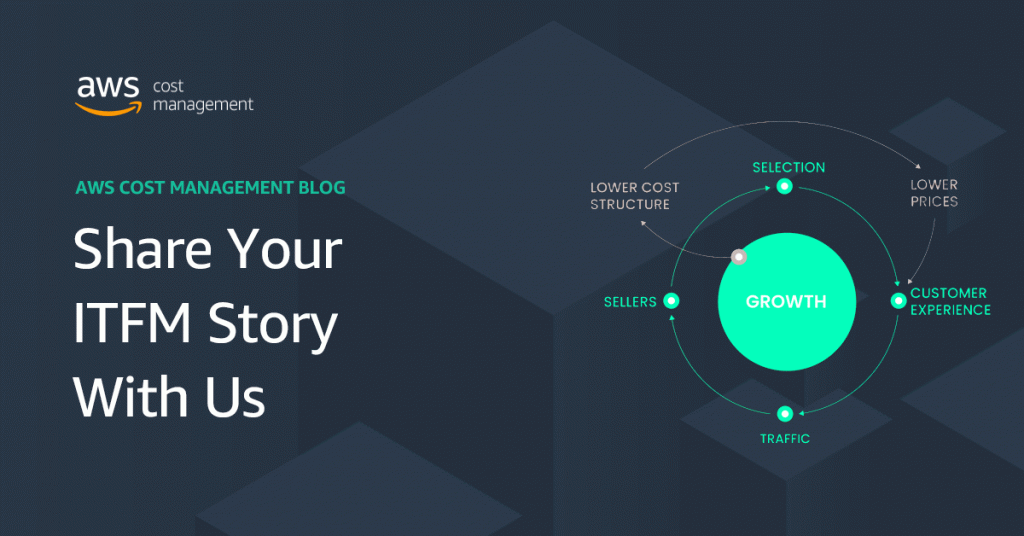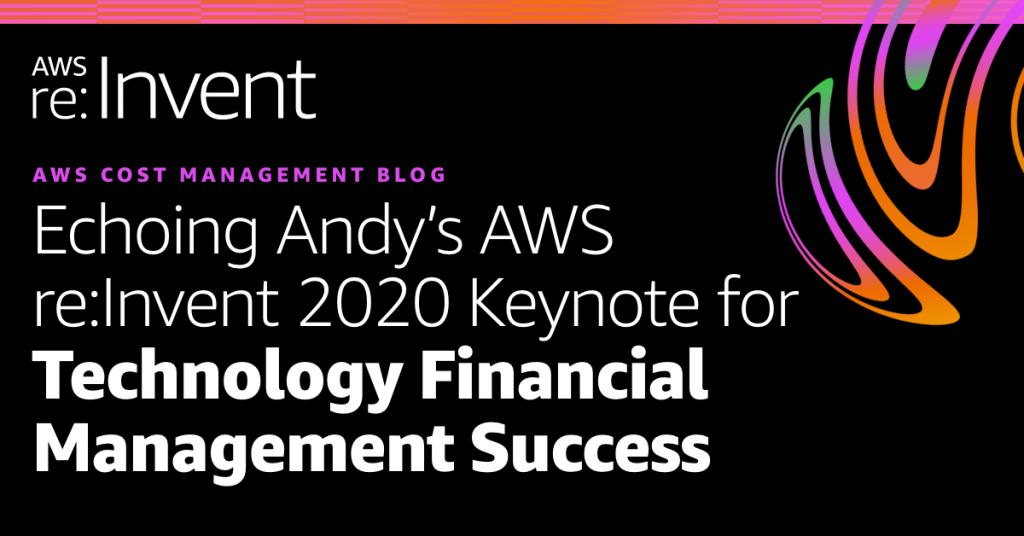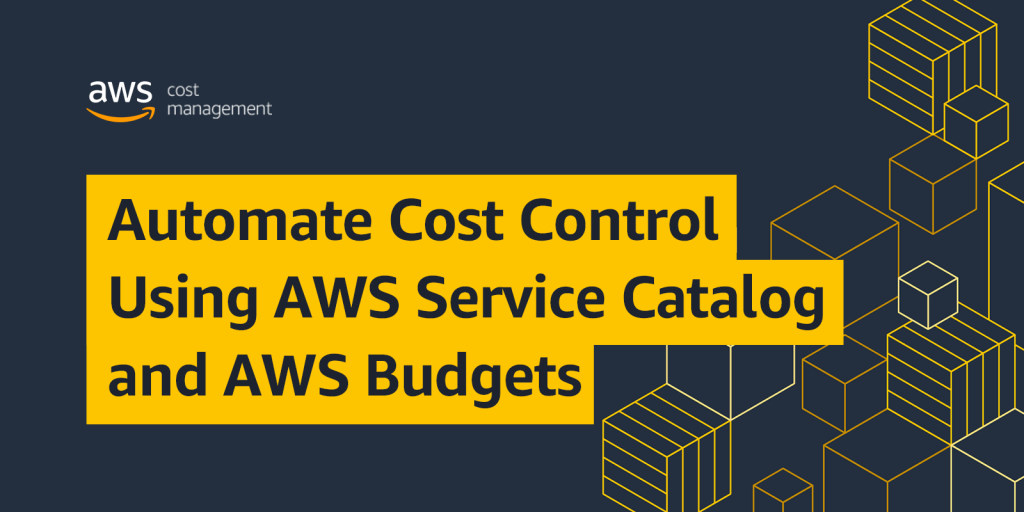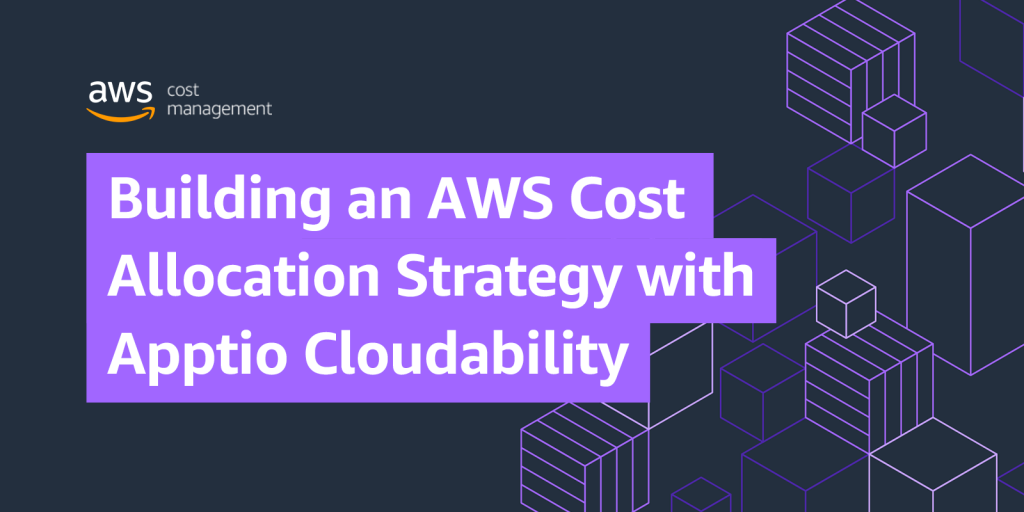AWS Cloud Financial Management
Category: Best Practices
We want to hear from you!
This year, as the world is still coping with the post-vaccine new normal, cloud cost efficiency and optimization will remain at the top of the agenda. As we are improving our product capabilities, your user experience is at the center of everything we build. We invite you to share your feedback with us, come meet your peers, and share your success stories.
Echoing Andy’s AWS re:Invent 2020 Keynote for Technology Financial Management Success
Andy Jassy shared 8 core reinvention guidelines in his 2020 AWS re:Invent keynote. These guidelines are key to keep organizations stay successful and translate well into IT Financial Management. Learn from his speech and our recently published “AWS Cloud Financial Management Guide” about how you can establish effective technology financial management in order to fully realize the value of your investment.
Cost Control Blog Series #2: Automate Cost Control using AWS Service Catalog and AWS Budgets
Customers let us know that they want native, automated spend management capability at the point of self-service resource provisioning. AWS Service Catalog allows you to pre-approve services for your users. With its integration with AWS Budgets, you can create and associate budgets with portfolios and products, and keep your developers informed the resource costs for them to run cost-aware workloads. In this blog post, we will walk you through how you can set up a serverless automated workflow to govern the cost for your AWS Service Catalog portfolio.
Adapting procurement to payment (P2P) with AWS Purchase Order Management
Procurement and Account Payable (AP) teams are critical players in the IT Financial Management process. They ensure the accurate and punctual purchase and payment of technology resources that organizations need. From the “traditional technology consumption” era, when organizations had a more structured approval and procurement cycle to acquire and stand up physical infrastructures, to the […]
Cost Control Blog Series #1: Good intentions don’t work, but cost control mechanisms do!
Gartner estimates a 70% overspend on cloud resources by organizations who do not have a defined plan for cloud cost management. While cloud brings lower Total Cost of Ownership (TCO), an effective billing management and cost control mechanism is required to make sure you only pay for what you need, and it also empowers your […]
AWS Well-Architected Cost Optimization Labs Updated
AWS’s breadth of resource options and purchase models allow you to design your infrastructure in a most cost-efficient way possible. You can start by identifying idle and underutilized resources with services such as AWS Cost Explorer Recommendations, matching your resource capacity with business demand using services such as Instance Scheduler, and taking advantage of […]
Cost Allocation Blog Series #5: Building an AWS cost allocation strategy with Apptio Cloudability
As you establish and implement your cost allocation model, AWS equips you with tools and resources to organize accounts and resources (e.g. AWS Organizations), improve visibility into detailed cost and usage data (e.g. AWS Cost and Usage Reports), and group cost and usage information into meaningful groups by your own rule (e.g. AWS Cost Categories). For customers who want to understand what premium 3rd party solutions are available to help you better organize and report your cost in preparation for chargeback or showback in your organizations, AWS Partner Network has verified partners that can offer cloud management solutions to help customers manage and optimize AWS environments. In this blog post, we will share how you can leverage Apptio Cloudability to build your cost allocation strategy.
Cost Allocation Blog Series #4: Visualize Data Transfer Costs with Cost and Usage Reports, Athena, and QuickSight
The right level of visibility into the shared costs allows organizations to understand the main drivers for these costs and provides insights into cost optimization opportunities. In this blog post, we will share tips on how you can visualize data transfer cost details available in AWS Cost and Usage Reports (AWS CUR) for analysis using Amazon Athena and Amazon QuickSight.
Cost Allocation Blog Series #3: Enforce and Validate AWS Resource Tags
Tagging is one of the most foundational steps that you need to take in order to establish a meaningful cost allocation model. Customers asked us how you can ensure teams consistently create and apply the resources tags based on the tagging strategy. In this blog, we will share recommendations on how your team, especially your AWS administrators, can enforce and validate your resource tags.
Cost Allocation Blog Series #2: AWS-Generated vs. User-Defined Cost Allocation Tag
Tagging, as a great way to define the ownership and usage purpose of your resources in the format of metadata, allows you to quickly manage and filter your resources and trace costs back to the right entities. In this blog post, we will share his advice on how you use the two types of cost allocation tags: AWS-generated and User-defined.









